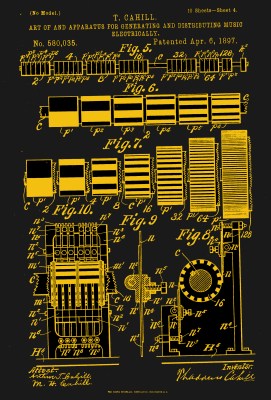DaVinci’s notebook — the real one, not the band — was full of wonderous inventions, though many were not actually built and probably weren’t even practical with the materials available at the time (or even now). [How To Make Everything] took one of the Master’s drawings from 1478 of a sawmill and tried to replicate it. How did he do? You can see for yourself in the video below.
There are five different pieces involved. A support structure holds a water wheel and a saw. There’s a crank mechanism to drive the saw and a sled to move the wood through the machine. It sounds simple enough, although we were impressed and amused that he made his own nails to be authentic. No Home Depot back in the 1470s, after all.
Watching him produce, for example, castle joints, makes us think, “Hey, we could do that!” But, of course, we probably can’t, at least not by hand. We must admit we are pretty dependent on CNC tools and 3D printing, but we admire the woodwork, nevertheless. There’s some pretty cool metal working, too.
We thought the waterwheel would be the easy part, but it turned out to be a bit of a problem. Things worked, but it was slower than you would think. We’ve seen sawmills put together before. Da Vinci worked for money, and there was always money in weapons so he did design a lot of them, too.
Continue reading “Bringing Da Vinci’s Saw Mill To Life” →



















